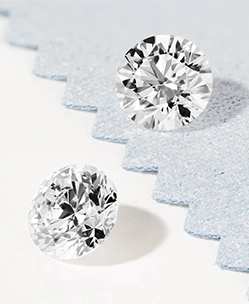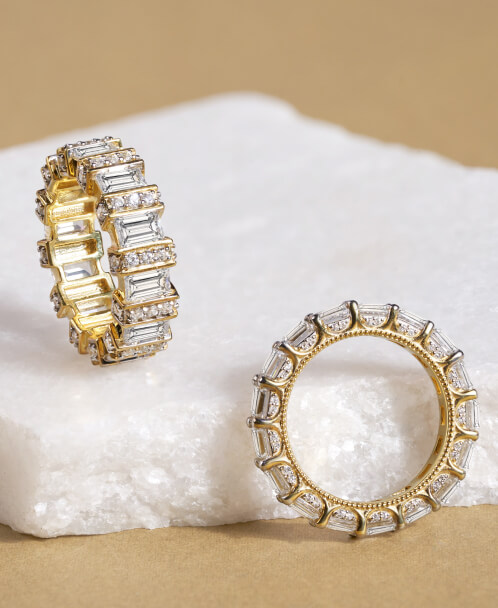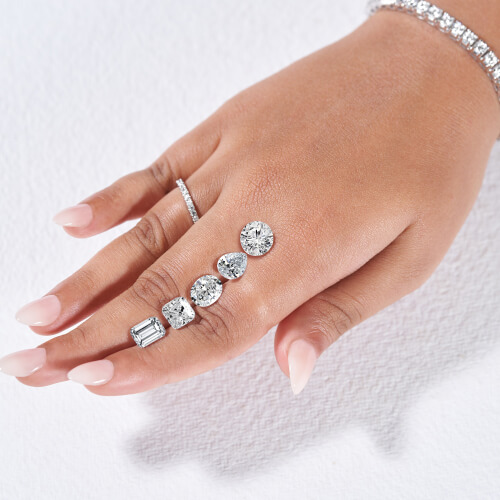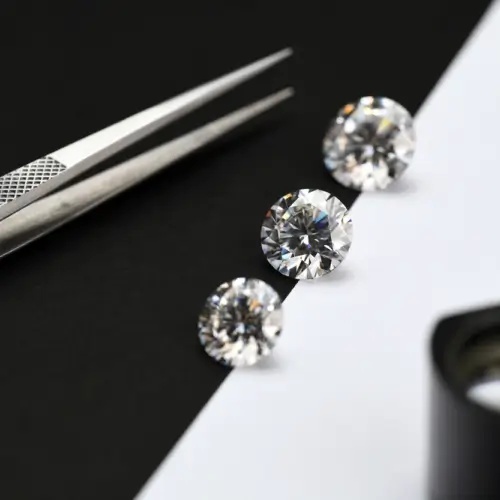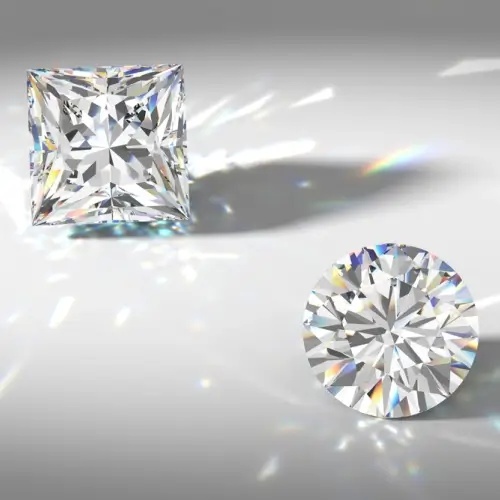Diamonds in the form of any jewelry, be it a bracelet, a necklace, some pair of diamond stud earrings, or maybe a ring, we all know that diamonds simply take your ordinary jewelry and make it extraordinary. Believe it or not, you have to agree with us on this.
For the longest time, diamonds have been seen as a long-lasting symbol of love and commitment. We get it the exorbitant price tag connected with mined diamonds, which is something that makes us second-guess our diamond purchase. But, that is not the scenario now, all of us can now enjoy the luxury of getting our favorite diamond shape by going with lab grown diamonds.
Lab grown diamonds are referred to by a variety of names, including cultured diamonds, man-made diamonds, synthetic diamonds, and others. It really doesn’t matter what you name them, they surely have made a significant impact on the diamond business.
So, what are they? Simply put, these are lab grown diamonds. These labs utilize cutting-edge technology to imitate the natural processes that produce diamonds in the ground. The ultimate product is a lab-created diamond that has the same chemical, physical, and visual properties as a mined diamond.
Want to know how diamonds are made in a lab, read on to find out!
Table of Content
What Are Lab Diamonds?
As we are all aware, the popularity of lab grown diamonds is gaining new heights in recent years, and the reason is very evident. These man-made diamonds are the exact replica of their mined counterpart, which means that they share the same physical, chemical, and optical properties as natural diamonds.

SHOP LAB DIAMOND JEWELRY
Lab diamonds are also known as man-made diamonds because they are made in a controlled environment inside a laboratory. These diamonds are considered as cost and environmentally-friendly choice to their mined counterparts.
HPHT Process
Did you know that the HPHT process is the original method used for making lab diamonds? The HPHT method is an abbreviation for High Pressure High Temperature this method was introduced in the year 1950. The process is started when a small carbon seed is placed inside, which is then exposed to to high pressure and extreme heat, which replicates the natural conditions in which diamonds are naturally grown.

SHOP loose LAB DIAMONDS
In this process, the placed diamond seed is exposed to high temperatures that are up to or over 2,000 degrees Fahrenheit with a pressure that is around 1.5 million PSI (pounds per square inch). The carbon melts, forming a diamond around the seed. It is then cooled till the diamond is created. A raw HPHT diamond develops differently from a rough CVD diamond. HPHT diamonds develop into cuboctahedrons, whereas CVD diamonds grow into cube-like structures.
CVD Process
The next method that is popularly used in making lab grown diamonds is the CVD method, this method was introduced in the year 1980. This process is similar to the HPHT process but in this process, the diamond seed is placed in a vacuum chamber, which is then filled with carbon-rich gases and is nearly heated up to 1500 degrees Fahrenheit.
These incredibly high temperatures cause the gas to convert into plasma, resulting in the discharge of carbon particles. These carbon pieces gather on the diamond seed, causing the diamond to develop.

As we conclude this article, one thing we would like to tell you is that the choice that you make between choosing a lab diamond made from either CVD method or HPTP method all depends on your preference, budget, and the specifications you need in your selected diamond.
To make an informed decision, we at Friendly Diamonds encourage you to book an online consultation with our experts. Our team would be happy to help you make an informed decision about your purchase. We invite you to explore our collection of ethical lab grown diamonds from our inventory of 100,000+ loose lab diamonds.
Shop with Friendly Diamonds for a Friendlier Tomorrow!
